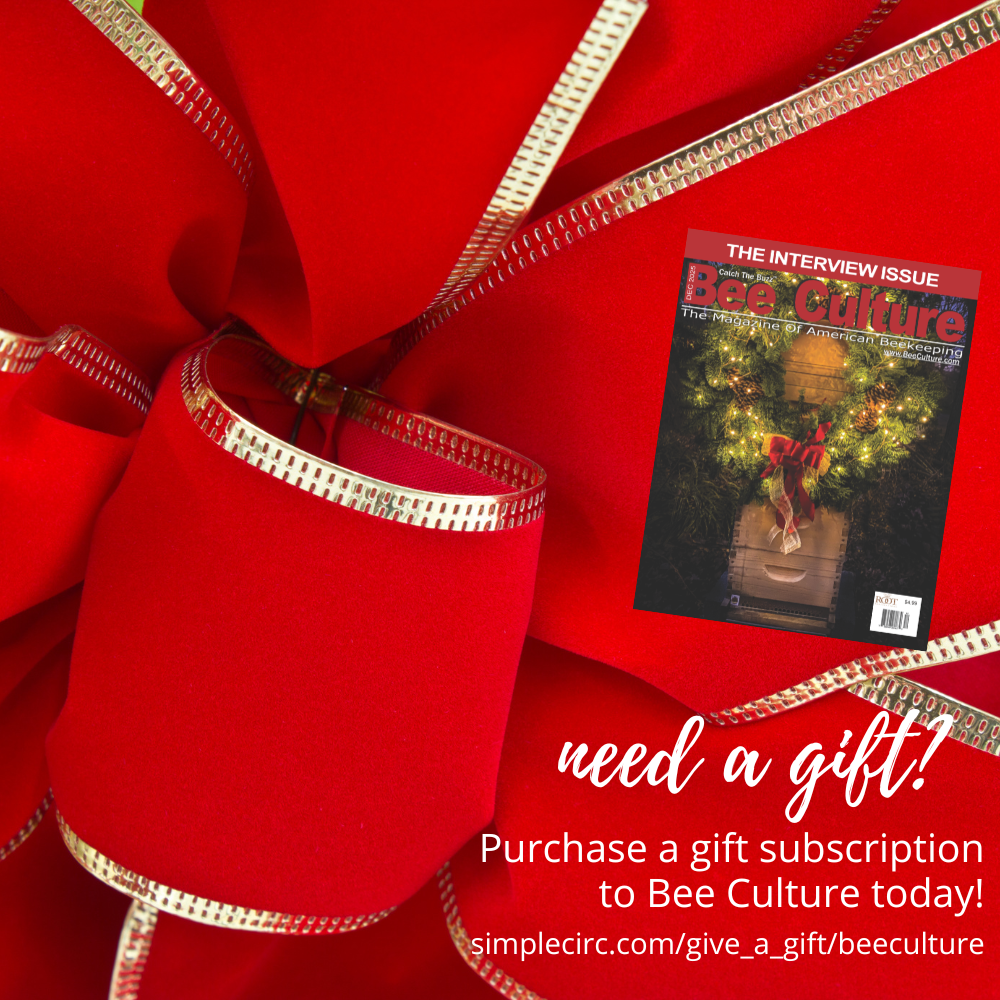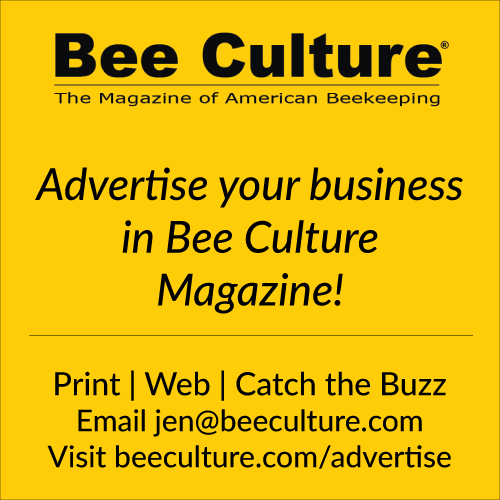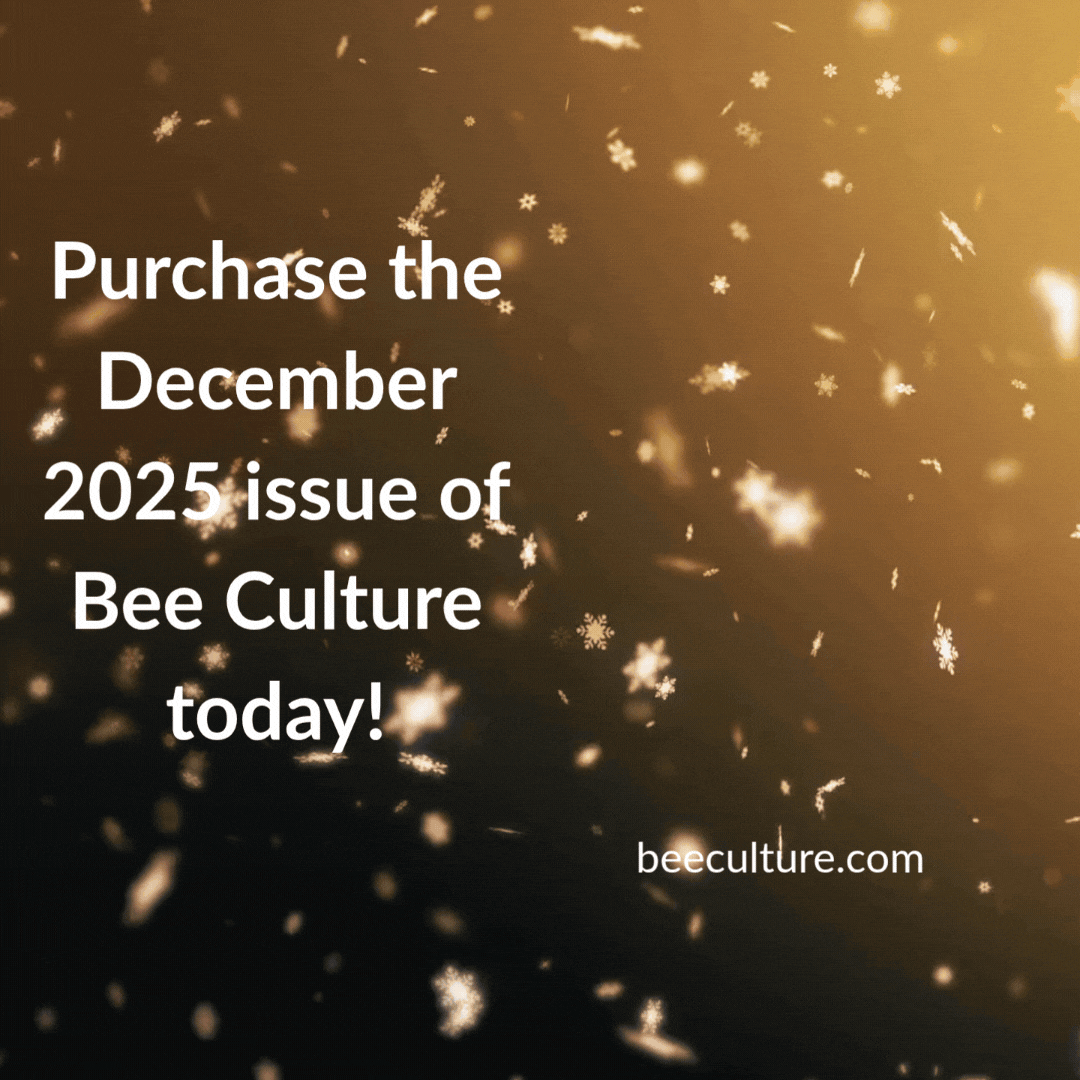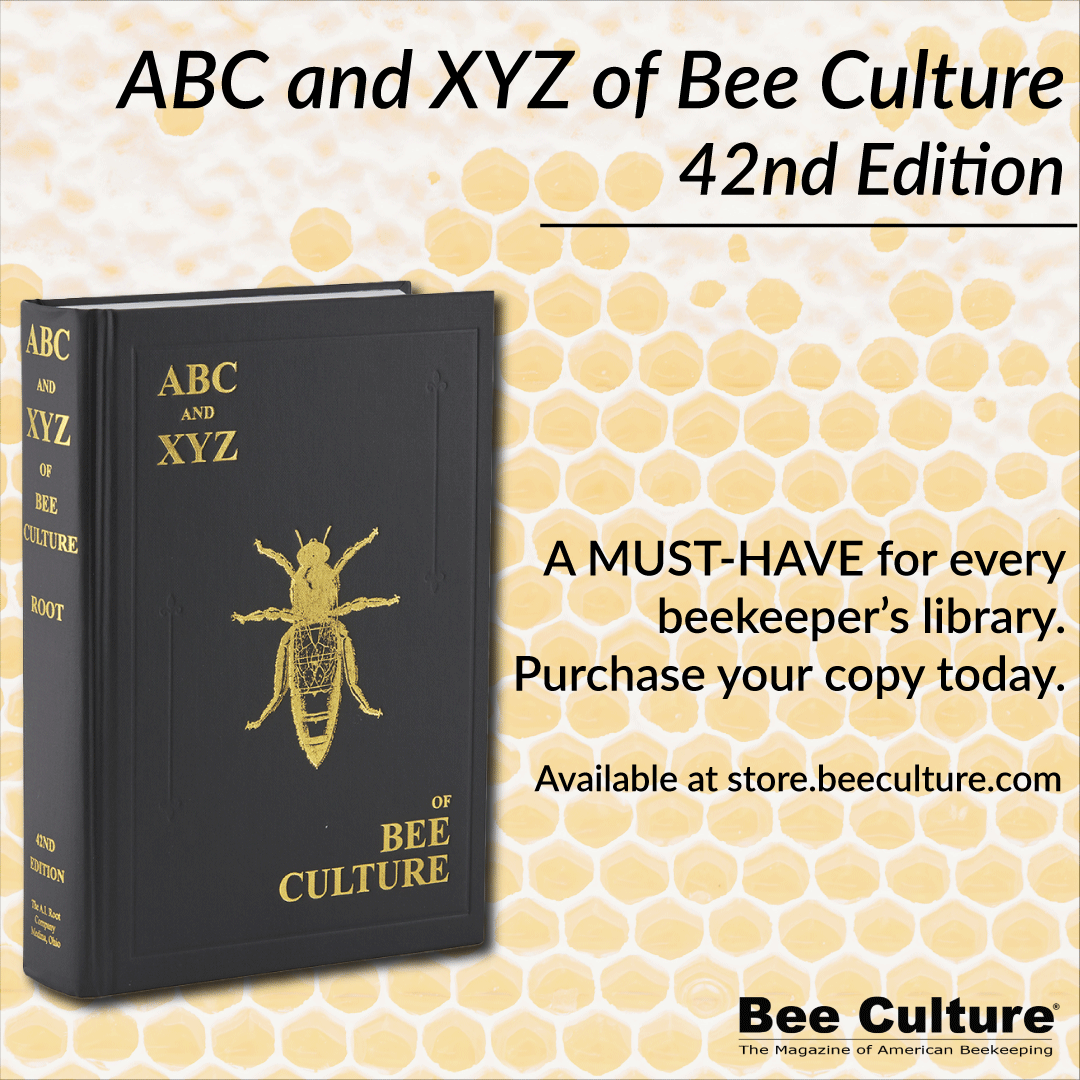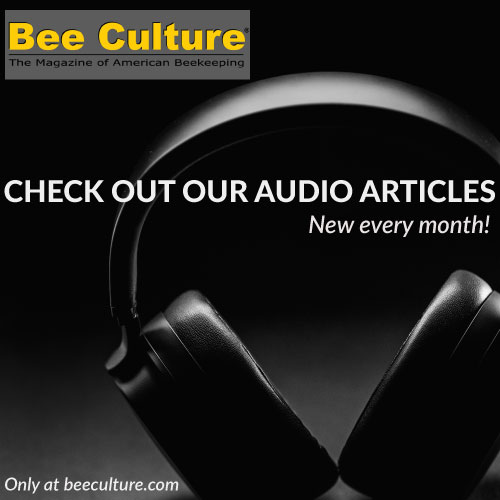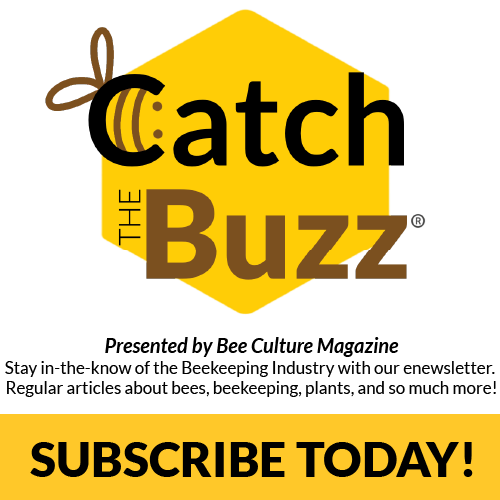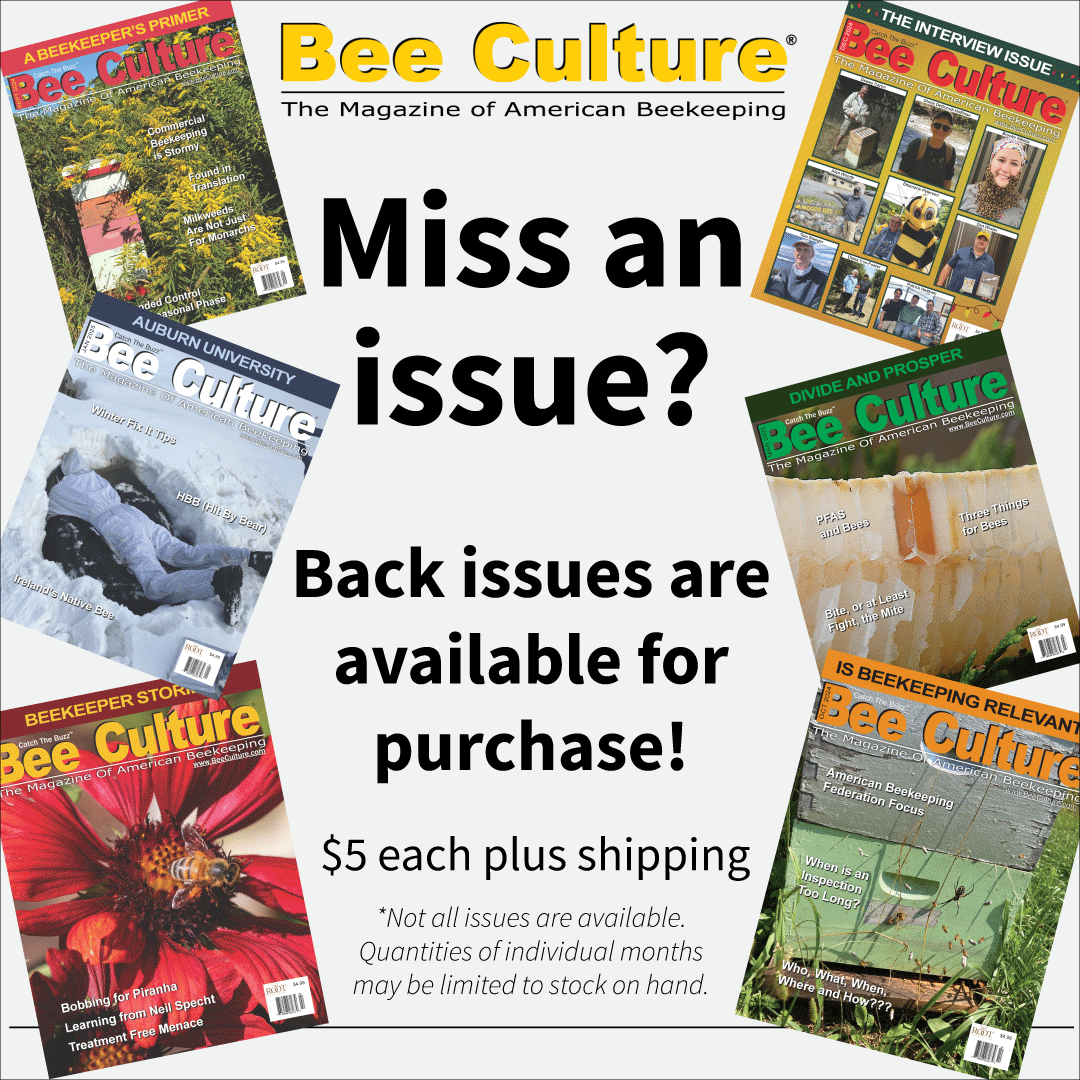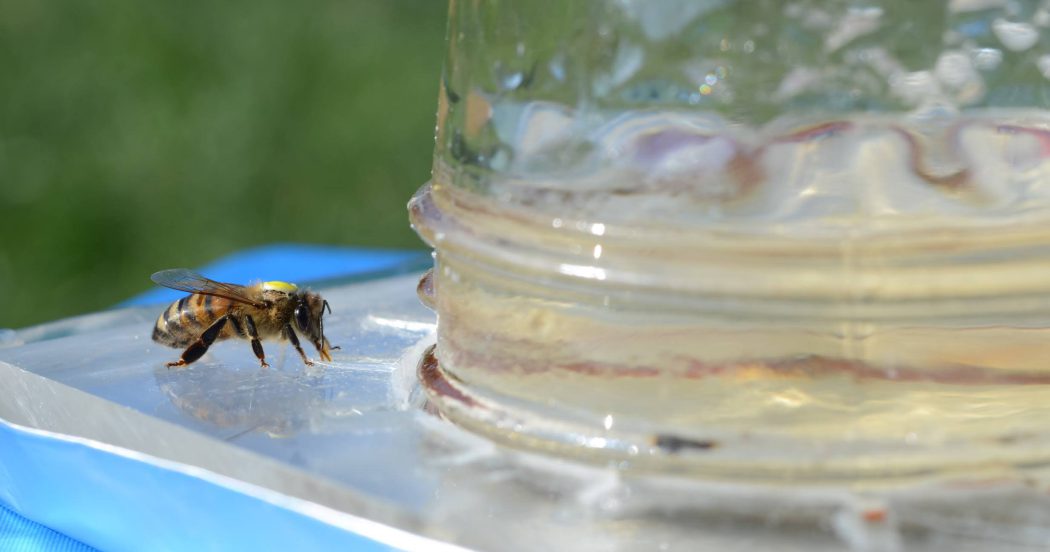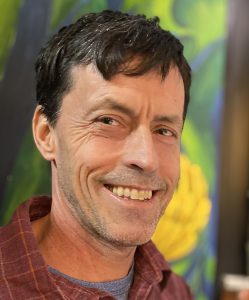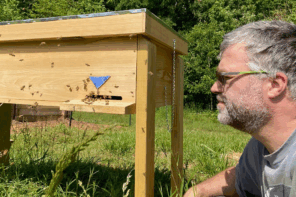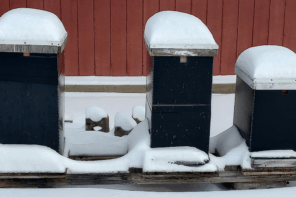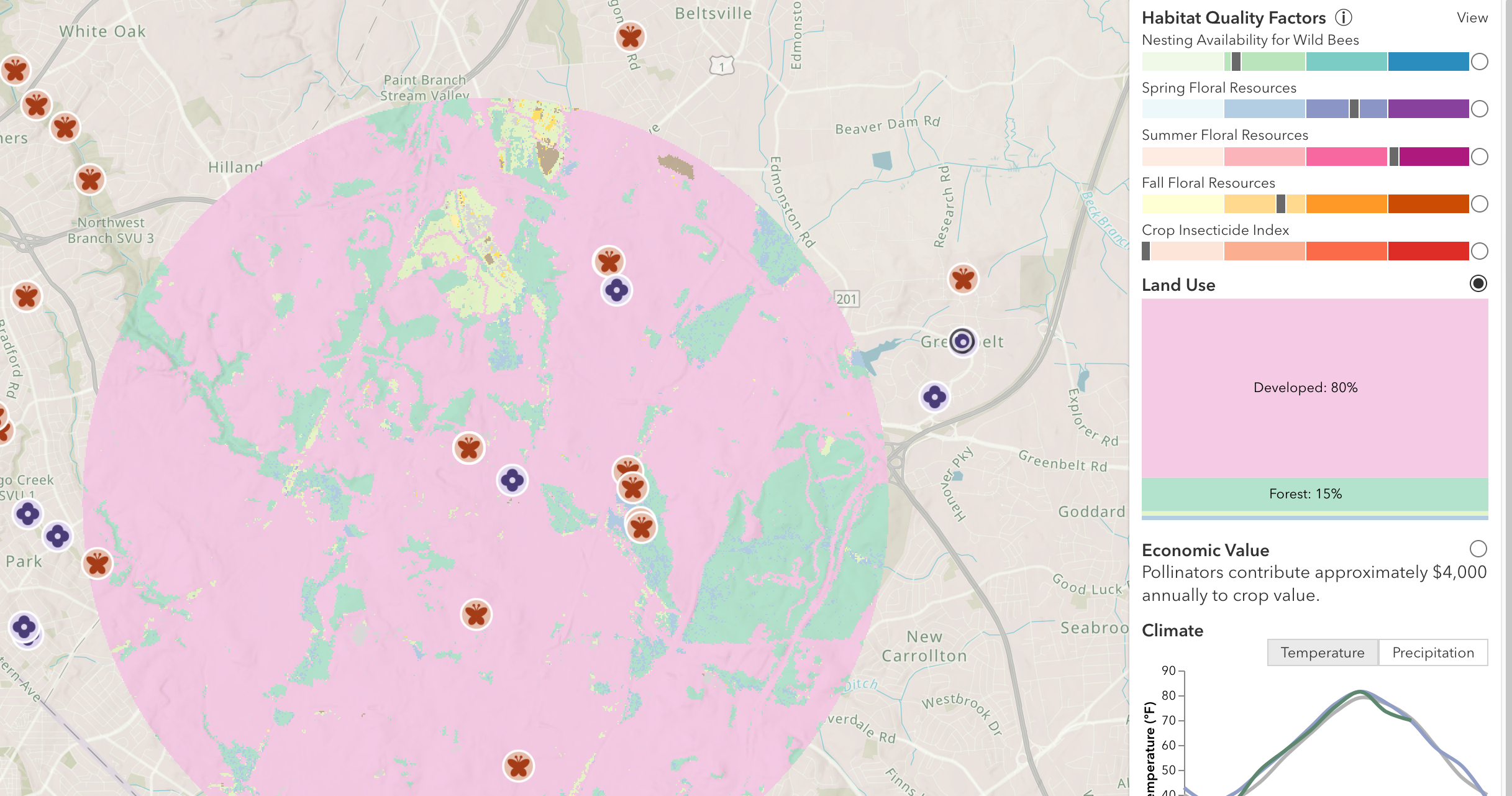Click Here if you listened. We’d love to know what you think. There is even a spot for feedback!
Read along below!
Found in Translation
Flower Choices, From Bees to Colonies
By: Jay Evans, USDA Beltsville Bee Lab
This month provides plentiful and diverse flower sources for our bees in the Northern hemisphere, and your colonies are hopefully pulling in the resources. The bees are too busy to read this, but there has been a flurry of research interrogating them on their individual and collective decisions as they seek pollen and nectar. Some of this work has practical implications for gardeners, beekeepers and crop farmers, and all of it should increase your respect as you watch a bee leaving home to collect rewards for her clan.
To whet your appetite, imagine being recruited to a food source by one of your dancing sisters inside the beehive. Waggle dances, performed by successful foragers, communicate the distance and direction (in angles relative to the current sun position) of flowers to would-be foragers. Accurate recruitment is important for the economics of returning with more energy than bees burn while in flight. When I was studying ecology and foraging behaviors, the economists ruled the day. Birds, bees and slugs were all predicted to do exactly what it took to get the most resources with the least amount of energy and the least risk from predators and salt. Now, bee researchers know the world is not perfect and behaviors are more complicated.
Most importantly, recruitment dances are imprecise, giving a fuzzy version of what the dancer remembered from her journey, both in terms of distance and direction. As a result, while dance information saves energy and risk compared to random flights, recruited foragers must improvise to find the advertised food source or a substitute. For a recent paper, “Individuality impacts communication success in honeybees” Current Biology, Feb. 24, 2025, https://doi.org/10.1016/j.cub.2024.12.047, Laura McHenry and colleagues at Virginia Tech University marked an absolute ton of bees with specific paint colors (n = 6000, see Laura’s photo of ‘confetti bees’) to find out when dancers were right and when they were off a bit. Using observation hives, they analyzed successful waggle dances (recruited bees made it to the correct sugar bait station) along with the next round of dances from these new recruits. The results clarify the yardsticks bees use to measure distance (effort, scenery, time etc.), how their brains store that information, and how they convert these memories into an abstract dance.
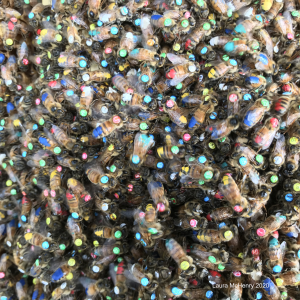
A key result from this study, reflecting longtime work by lab leader Margaret Couvillon, is that bees are not all the same in how they approach and remember tasks like foraging. In the authors’ words, “We propose that the consideration of honey bee foragers not as interchangeable subunits, but rather as individuals whose particularities shape the emergent properties of the society, may be a fruitful avenue to add nuance to our understanding of eusocial insect communication.” Specifically, first dancers in successful recruitments often over-stated the distance to food sources, while recruits advertised a shorter, more accurate, distance to the same food source. Perhaps some bees ‘think’ they have flown farther than they did (we know that type) and they dance on and on about it. The authors propose this exaggeration of distance might actually be an adaptive way to get recruits to a food source, since those recruits, assuming the angle of departure is correct, would often find the food coming or going and drop down to collect.
Another sign of individuality is reflected in how faithful individual bees are to a flower type once they have made it to a patch, so-called flower constancy. Reflecting past experiences, bee genetics, or both, bees in a patch tend to stick to the same flower type at the expense of skipping over other suitable food sources. This is like driving to the store to buy milk, butter, and (if you can afford them) eggs, while relying on a housemate to get the fruit and vegetables. Not quite as efficient, but it works for the colony. Much of the work on flower constancy has been done with bumblebees (smaller colonies and shorter general flight paths than honey bees) but with insights that extend to honey bees.
In “A scientific note on flower search and floral handling pattern determining flower constancy in bumblebees”, published Feb 14th (…ahhhh), 2025, in the bee journal Apidologie (https://doi.org/10.1007/s13592-025-01152-5), Michael Lattorff and colleagues followed individual bumblebees as they arrived in flower patches of German urban parks. 76% and 90% of foragers of two different bumblebee species stayed true to one species of flower even though they had several to choose from in each patch. The ones that switched floral allegiances gave a good clue for what drives this constancy. Bees generally switched to flowers of the same color type, even when those flowers were from completely unrelated plants. We know bees use color, along with scent, to choose flowers but this study and others are showing that flower color, as a learned trait, predominates.
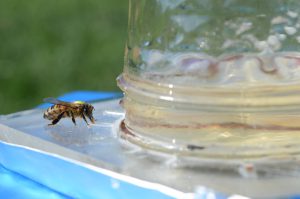
To explore how colors affect flower constancy, Kentaro Takagi and Kazuharu Ohashi designed artificial plastic flowers that were blue, yellow or yellowish orange (“Realized flower constancy in bumblebees: Optimal foraging strategy balancing cognitive and travel costs and its possible consequences for floral diversity”, Functional Ecology, January 21, 2025, DOI: 10.1111/1365-2435.70008) First, they painstakingly taught bumble bees that flower color was not a predictor of nectar quality. This pre-testing took time and luck, such that only 1-6 bees qualified for each day’s experiments. They then asked these bees to visit yellow versus blue flowers in patches where flowers were 1 to 4 inches apart, small enough that energetic costs were low. Once bees picked a color they tended to stick with it for the duration, especially when the flowers were ‘clumped’ in small arrays. Things changed a bit when bees were presented with flowers of two different shades of yellow. When presented with a checkerboard of 20-flower patches, bees showed the same behavior as in the blue-yellow flower choices, rarely jumping from one color to the next once they had their run going. However, when the checkerboard was only 4 flowers of each color, bees were less faithful when tempted by a yellowish option than they had been when the choice was between yellow versus blue. They were especially willing to jump to new flower types when flowers were presented with alternating arrays of one flower for each color.
Sooo… what does this mean for your bees and gardens? Plants like to send and receive pollen within their own species so planting a moderately clumped garden could induce higher rates of pollination, all else being equal. On the bee side, bees with a learned preference for one flower type will spend less energy harvesting from that type if there is a bit of clumping. How much is ideal will probably depend on how many stops a bee makes on each bout, and on how many flowers are presenting rewards, but clumps up to 20 seem adequate for giving bees and plants a chance to at least temporarily (serially?) specialize. Given the signs that bees are individualistic, the next bee along might well show its constancy towards another flower type, so in the end all of your flowers are pollinated and as a whole the colony will receive a diverse set of pollens and nectar. If you have patience and are still planting, try setting up clumped and even arrays of flowers and then see if you can follow bees as they go from flower to flower. Do they seem faithful to one flower type and is that fidelity put to the test when they are in a more evenly mixed garden?

